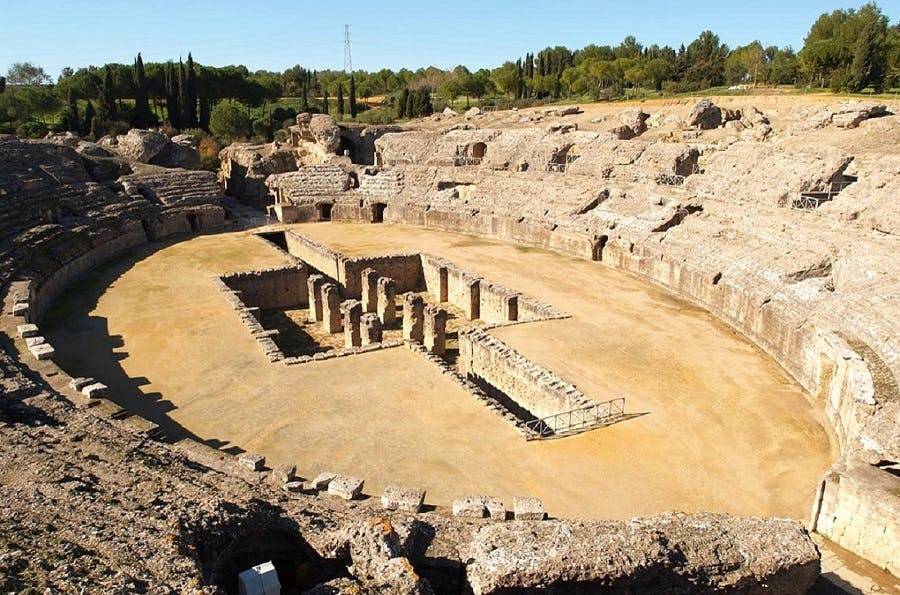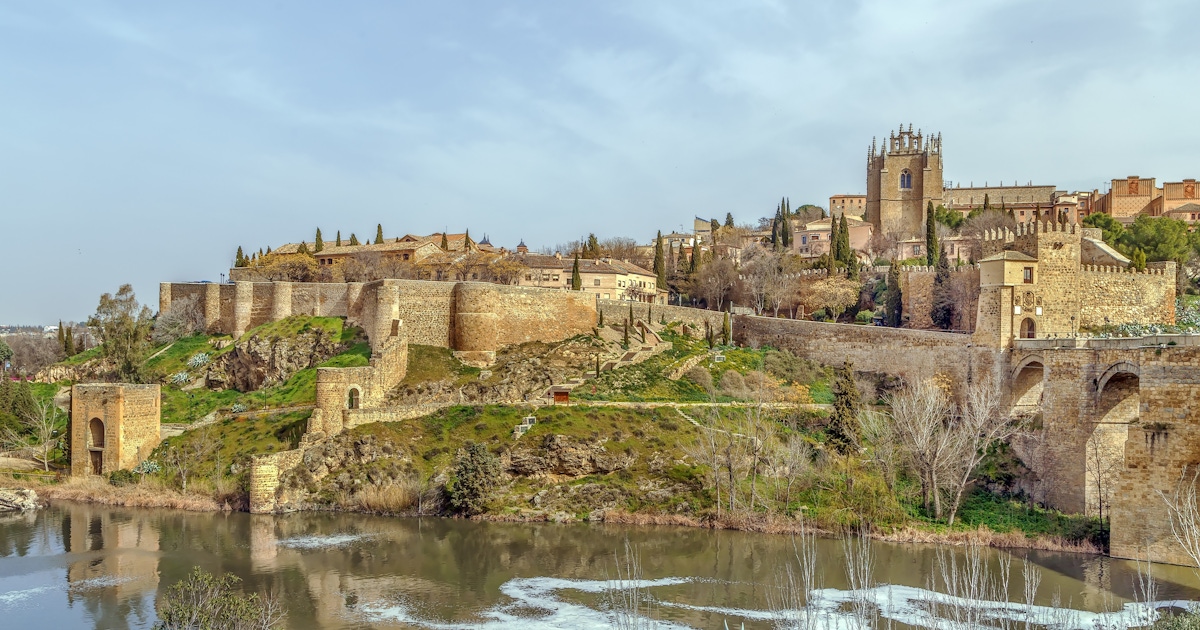Hadrian’s Wall stands as a remarkable testament to the engineering prowess and historical significance of the Roman Empire. Built over two millennia ago, this monumental structure continues to captivate the imagination of modern-day observers, shedding light on the strategic and cultural dimensions of the ancient world.
A Triumph of Engineering:
Stretching across the northernmost reaches of Roman Britain, Hadrian’s Wall was constructed during the reign of Emperor Hadrian in the early 2nd century AD. The wall spans approximately 73 miles 117 kilometers from coast to coast, serving as a defensive fortification against the tribes inhabiting what is now modern-day Scotland. The wall was built with a meticulous attention to detail, utilizing local materials such as stone and turf to create a formidable barrier. At its height, the wall boasted a series of impressive features including forts, milecastles, and turrets that were strategically positioned to deter potential invaders.
Symbolic Significance:
Beyond its utilitarian purpose, Hadrian’s Wall held immense symbolic significance for the Roman Empire. It marked the northernmost boundary of the Roman-controlled territory, symbolizing the extent of Roman authority and power. The wall not only acted as a defense against threats but also served as a tangible reminder of the might of the Roman Empire, effectively demarcating the edge of the Roman world.
Cultural Exchange and Integration:
The construction of Hadrian’s Wall brought about cultural exchange and integration. Roman soldiers, artisans, and settlers interacted with local populations along the wall, leading to the spread of Roman culture, language, and technology. This interaction paved the way for the fusion of Roman and indigenous influences, resulting in a unique blend of traditions that can still be observed in the region today.
Preservation and UNESCO Heritage:
Hadrian’s Wall has endured the test of time, and many sections of the wall are remarkably well-preserved. Recognizing its historical and cultural significance, Hadrian’s Wall was designated a UNESCO World Heritage Site in 1987. Today, the wall attracts visitors from around the globe who come to marvel at its grandeur and learn about the ancient history it represents.
Legacy and Inspiration:
Hadrian’s Wall serves as a living testament to the ambition, engineering prowess, and vision of the Roman Empire. Its enduring legacy extends beyond its physical presence, inspiring historians, archaeologists, and enthusiasts to unravel the complexities of the past. The wall’s impact on modern society is evident in its continued relevance as a source of research, education, and cultural enrichment.
Conclusion:
Hadrian’s Wall remains a beacon of historical importance, reminding us of the ingenuity and cultural interconnectedness of ancient civilizations. As we stand in awe of its construction and ponder its multifaceted significance, Hadrian’s Wall serves as a bridge between the past and the present, offering invaluable insights into the world of antiquity and the enduring allure of human achievement.










